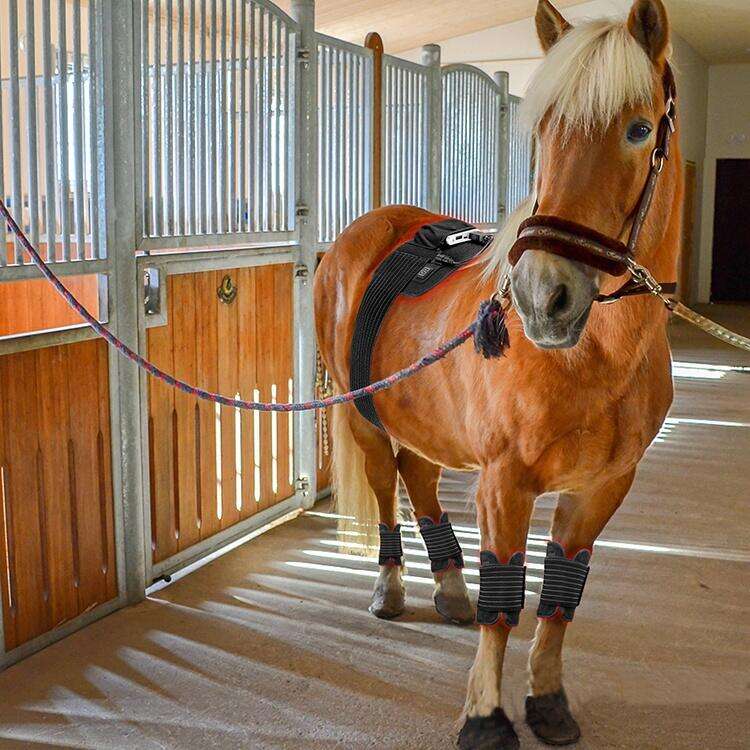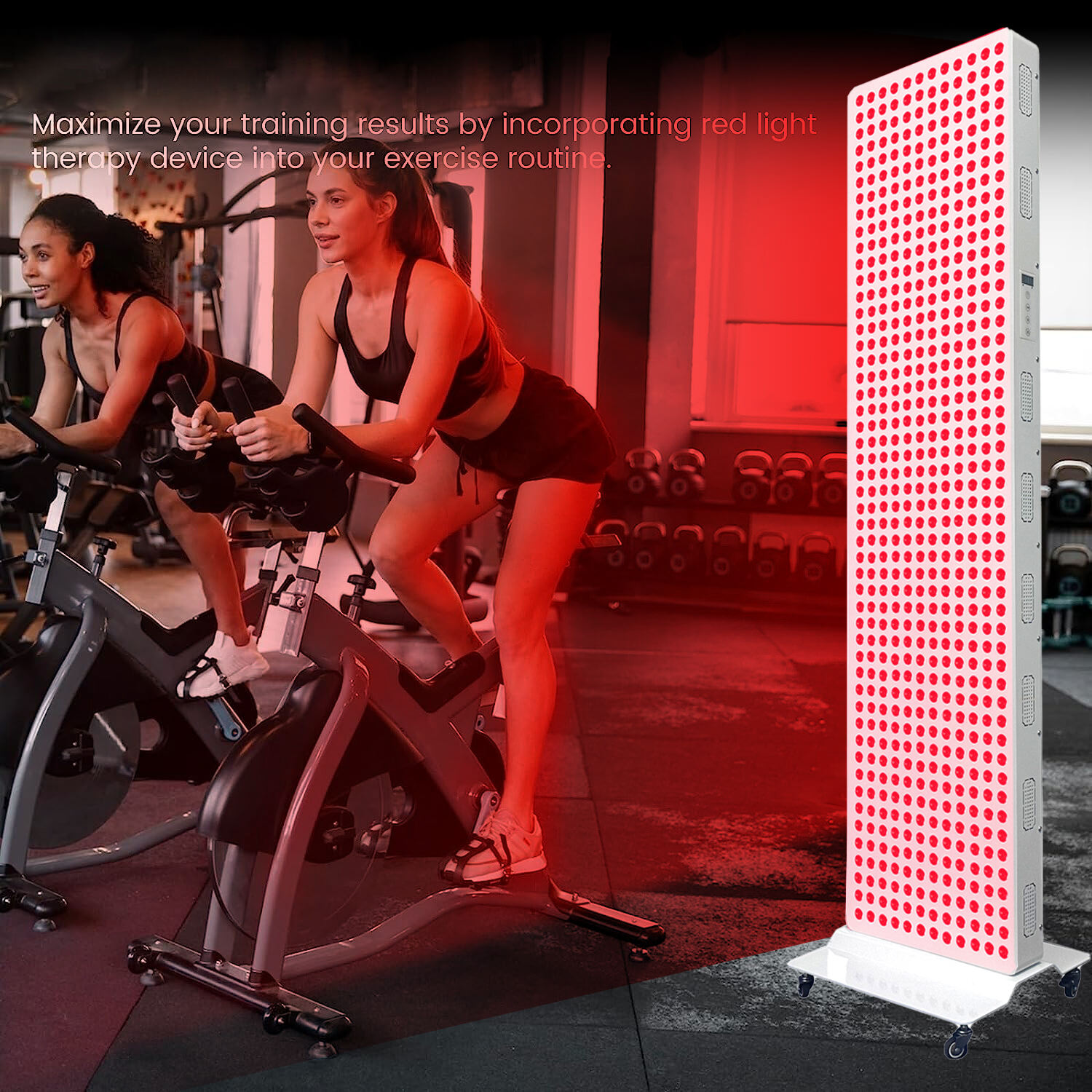
Shenzhen Junneeled Technology Co., Ltd.
Objevte premium panely, pásy, podpěry, masky a klobouky pro červenou světelnou terapii navržené tak, aby posilovaly zdraví a podporovaly hojení. Zažijte účinná řešení světelné terapie.

Ordinace se liší ve velikosti prostoru, rozpočtu a léčebných cílech. JUNNEELED nabízí několik panelů pro terapii červeným světlem k prodeji, které vyhovují každé profesionální potřebě:
| Model | Výkon | Možnost stojanu | Nejlepší pro |
|---|---|---|---|
| JNL-630B | 500W | Pevná rámová konstrukce | Léčba estetiky obličeje |
| JNL-1000S | 1000W | Mobilní stojan | Terapie celého těla a úleva bolesti |
| JNL-1000D Dvoupanelový | 2×1000W | Dvojitý stojan | Současné bilaterální léčby |
Kliniky se omezeným prostorem: JNL-630B nabízí výkonné výkon 630nm v kompaktním tělese.
Praxe s vysokým objemem: JNL-1000S mobilní stojan umožňuje rychlou instalaci a obrat.
Pokročilé terapie: JNL-1000D zdvojnásobí výstup pro hluboké tkáně a oboustranné pokrytí.
Poradte se s prodavačskými odborníky JUNNEELED, aby se vaše potřeby kliniky shodovaly s ideálním panelovým řešením – zajistěte si tak investici do nejlepších panelů červené světelné terapie, které poskytují konzistentní a profesionální výsledky.